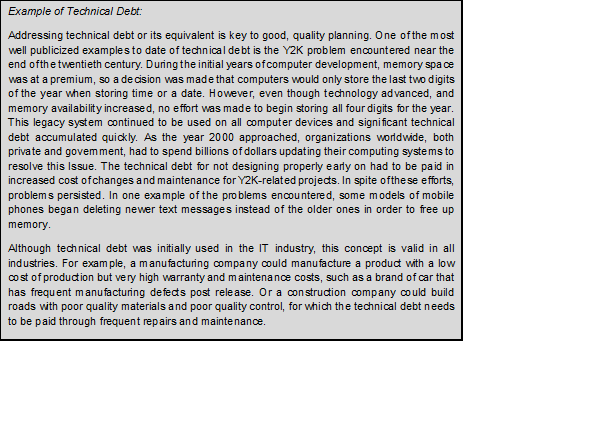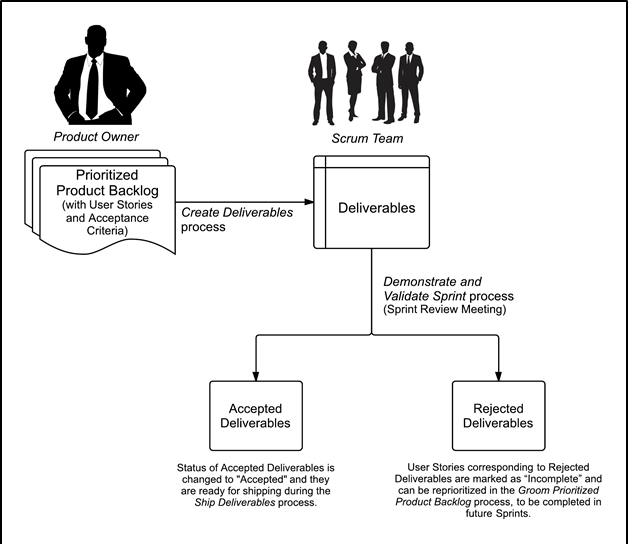How do you create project vision in Scrum? There are 19 processes grouped under 5 phases, of which, Creating a project vision is the first step in initiating a project. Understandably, it comes under the Initiate The Scrum process, Initiate, is applicable to Portfolios, programs, and/or projects in any industry, Products, services, or any other…




